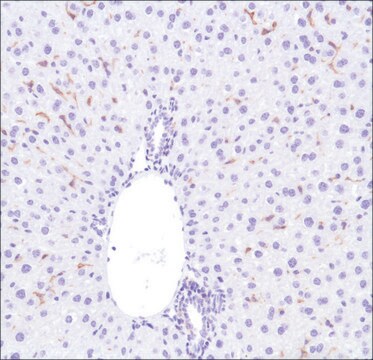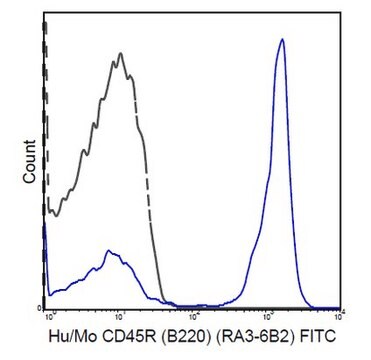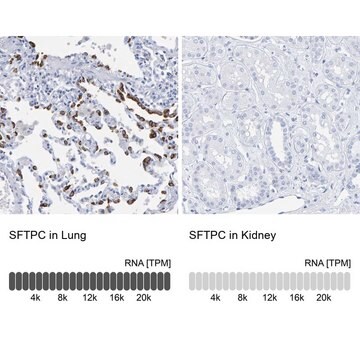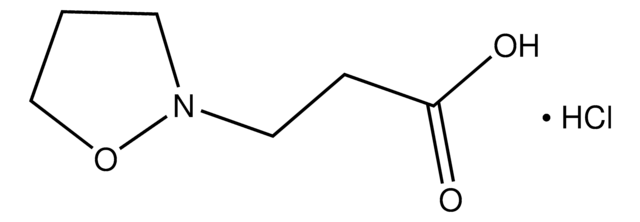MABF148D
Anti- CD161 (NK1.1) (mouse), APC, clone PK136 Antibody
clone PK136, from mouse, Allophycocyanin conjugate
Synonym(e):
Killer cell lectin-like receptor subfamily B member 1B allele A, CD161 antigen-like family member B, Lymphocyte antigen 55b (Ly-55b), NKR-P1 34, Natural killer cell surface protein NKR-P1B allele SJL/BALB (NKR-P1B), CD161b, CD161 (NK1.1)
About This Item
Empfohlene Produkte
Biologische Quelle
mouse
Qualitätsniveau
Konjugat
Allophycocyanin conjugate
Antikörperform
purified antibody
Antikörper-Produkttyp
primary antibodies
Klon
PK136, monoclonal
Speziesreaktivität
mouse
Verpackung
antibody small pack of 25 μg
Methode(n)
flow cytometry: suitable
Isotyp
IgG2aκ
UniProt-Hinterlegungsnummer
Posttranslationale Modifikation Target
unmodified
Angaben zum Gen
mouse ... Klrb1C(17059)
Verwandte Kategorien
Allgemeine Beschreibung
Immunogen
Anwendung
Entzündung & Immunologie
Immunoglobuline & Immunologie
Qualität
Flow Cytometry Analysis: 0.125 μg from a representative lot detected CD161 (NK1.1) in one million C57Bl/6 splenocytes stained with FITC Anti-mouse CD3e.
Physikalische Form
Lagerung und Haltbarkeit
Note: It is recommended to store the product undiluted at 2-8°C and protected from prolonged exposure to light. Do not freeze.
Sonstige Hinweise
Haftungsausschluss
Sie haben nicht das passende Produkt gefunden?
Probieren Sie unser Produkt-Auswahlhilfe. aus.
Lagerklassenschlüssel
12 - Non Combustible Liquids
WGK
nwg
Flammpunkt (°F)
Not applicable
Flammpunkt (°C)
Not applicable
Analysenzertifikate (COA)
Suchen Sie nach Analysenzertifikate (COA), indem Sie die Lot-/Chargennummer des Produkts eingeben. Lot- und Chargennummern sind auf dem Produktetikett hinter den Wörtern ‘Lot’ oder ‘Batch’ (Lot oder Charge) zu finden.
Besitzen Sie dieses Produkt bereits?
In der Dokumentenbibliothek finden Sie die Dokumentation zu den Produkten, die Sie kürzlich erworben haben.
Unser Team von Wissenschaftlern verfügt über Erfahrung in allen Forschungsbereichen einschließlich Life Science, Materialwissenschaften, chemischer Synthese, Chromatographie, Analytik und vielen mehr..
Setzen Sie sich mit dem technischen Dienst in Verbindung.







